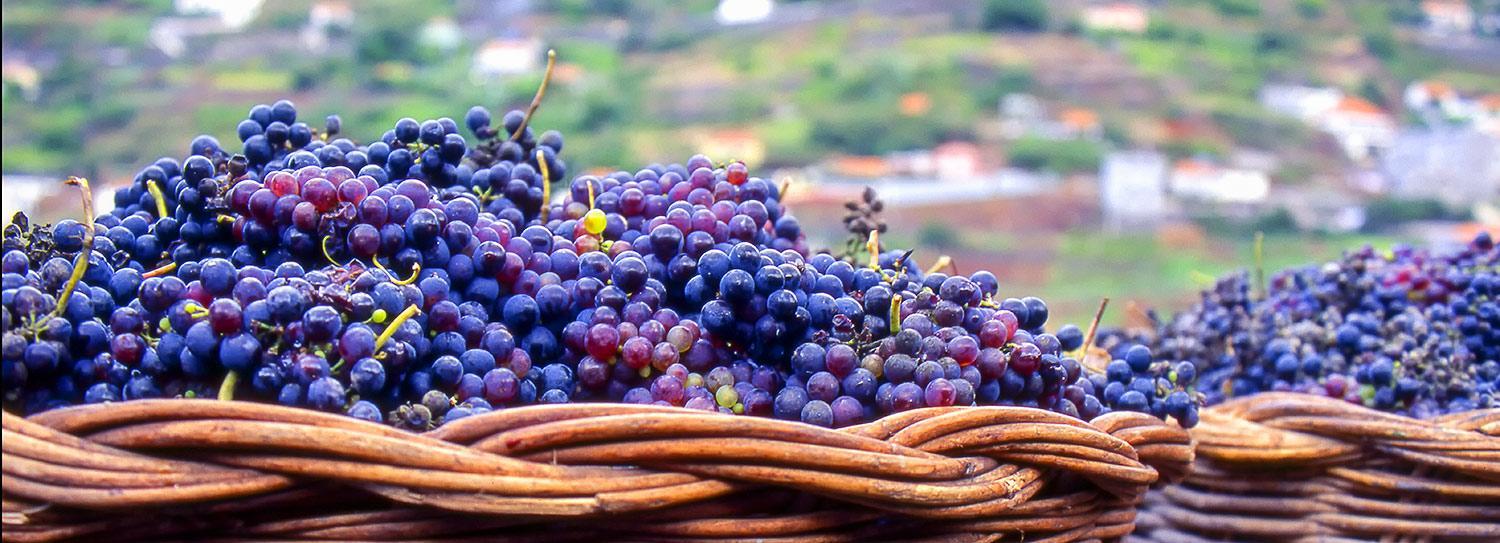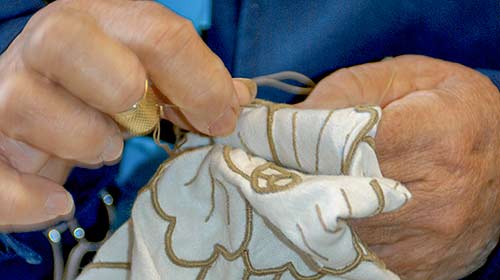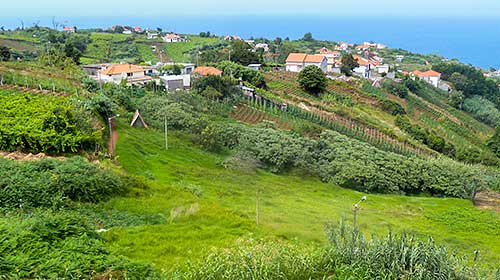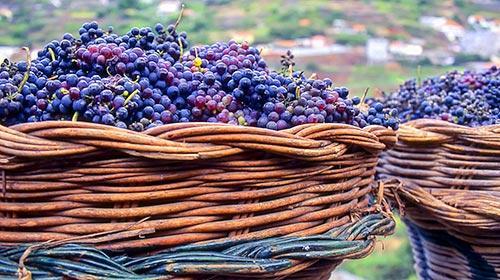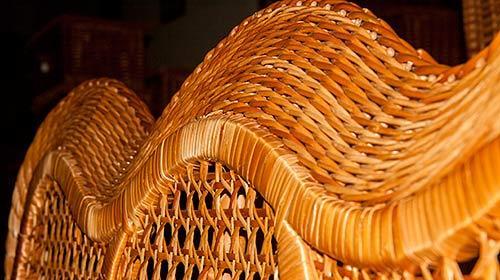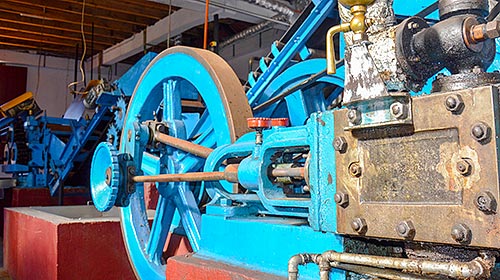Wine production on the island is of the utmost importance, for it was the wine that made Madeira known all over the world. Prince Henry the Navigator probably introduced the first vines in Madeira during the initial colonisation of the island. Jesuit priests managed the first wine trading and owned large properties and vineyards.
The monastic order attained great economic power and had a huge influence on the islanders, both socially and spiritually. The greatest impetus to the wine industry was initiated by the English in the second half of the 18th century, as export was developed and many foreign countries bought Madeira wine.
Today there are many different varieties of Madeira wine. While dry wines, such as Sercial and Verdelho, are delicious as chilled aperitifs, sweeter wines are served with dessert, and the richest wine, Malmsey, is an excellent after-dinner drink.
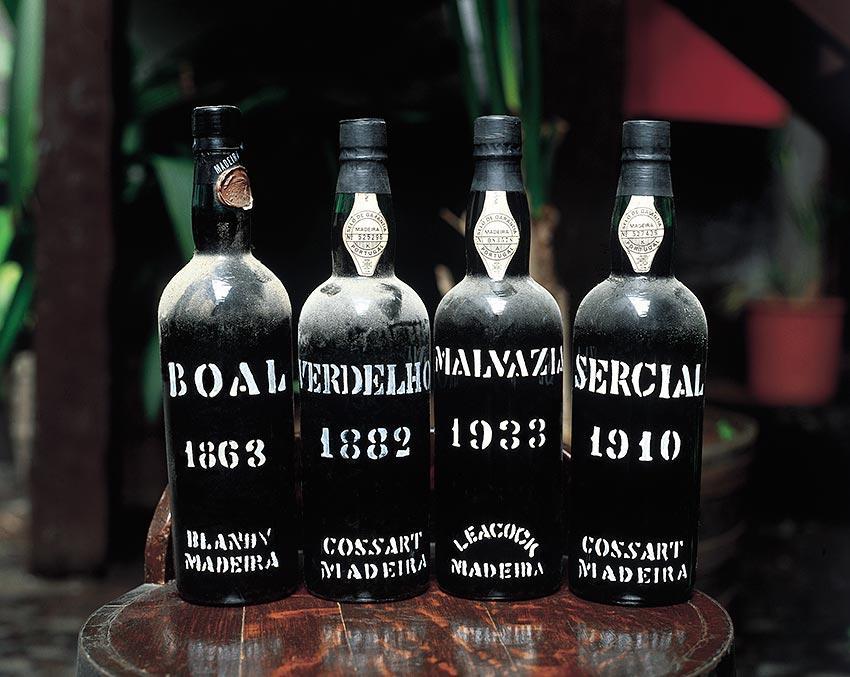
Madeira wine is so diverse that it is served at any time of the day with practically any type of food. In order to maintain the quality of this precious wine during long sea voyages, it was fortified with the addition of brandy.
Experimentation showed that by heating the casks of wine (a process called estufagem), the wine was not only preserved but also acquired a unique burnt flavour, which enhanced the taste considerably. Together with the production process, the soil conditions of volcanic origin, the climate and the proximity to the sea make Madeira a wine region par excellence. The main producing municipalities of Madeira are Câmara de Lobos, São Vicente and Santana. However, the vineyard is cultivated throughout the island of Madeira and Porto Santo.
One intriguing snippet from the history books tells of the Duke of Clarence, who after imprisonment in the tower of London under sentence of death, chose to be drowned in a barrel of Madeira wine.
Cheers!


 English
English  Português
Português  Deutsch
Deutsch  Español
Español 